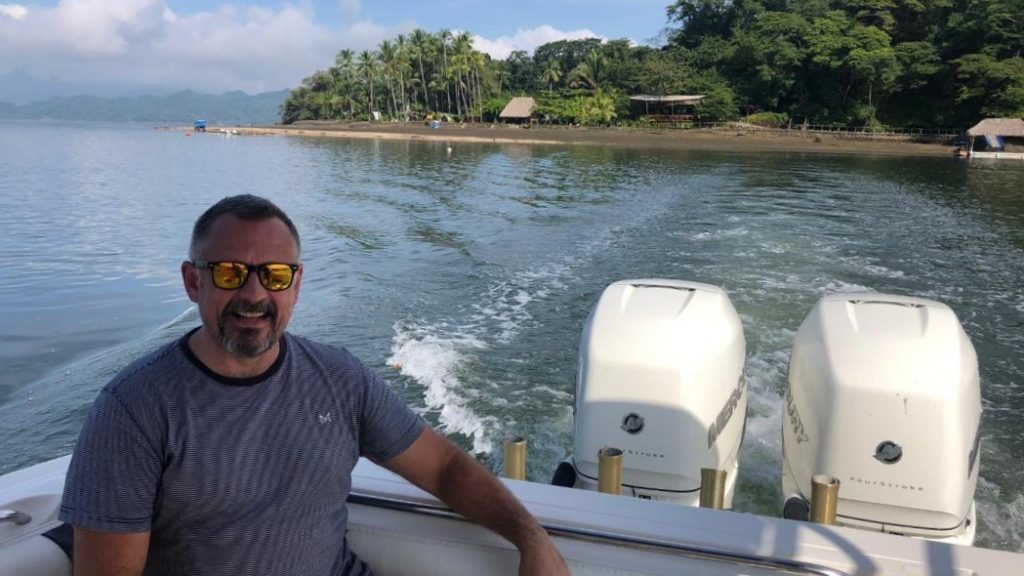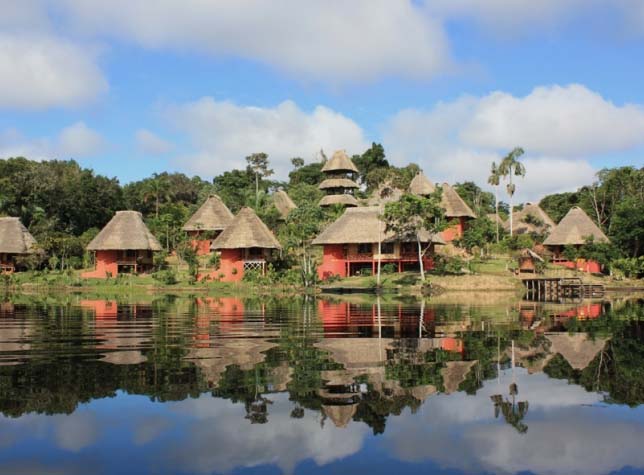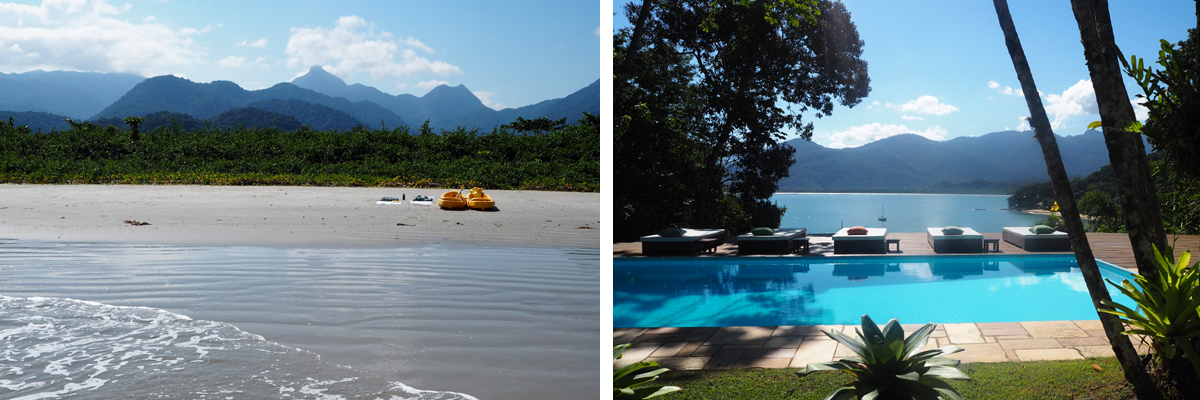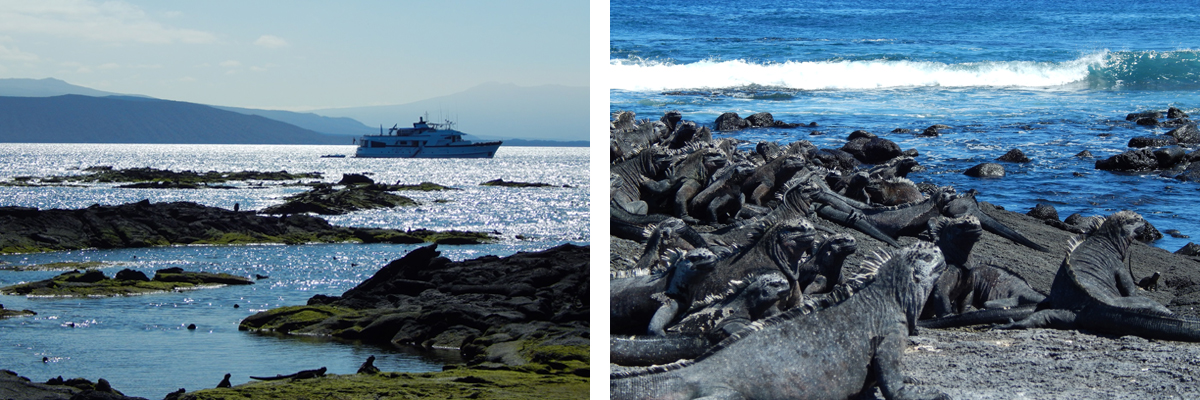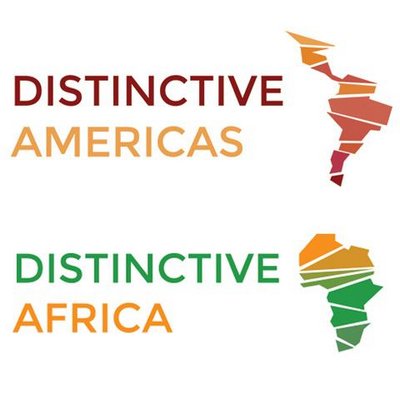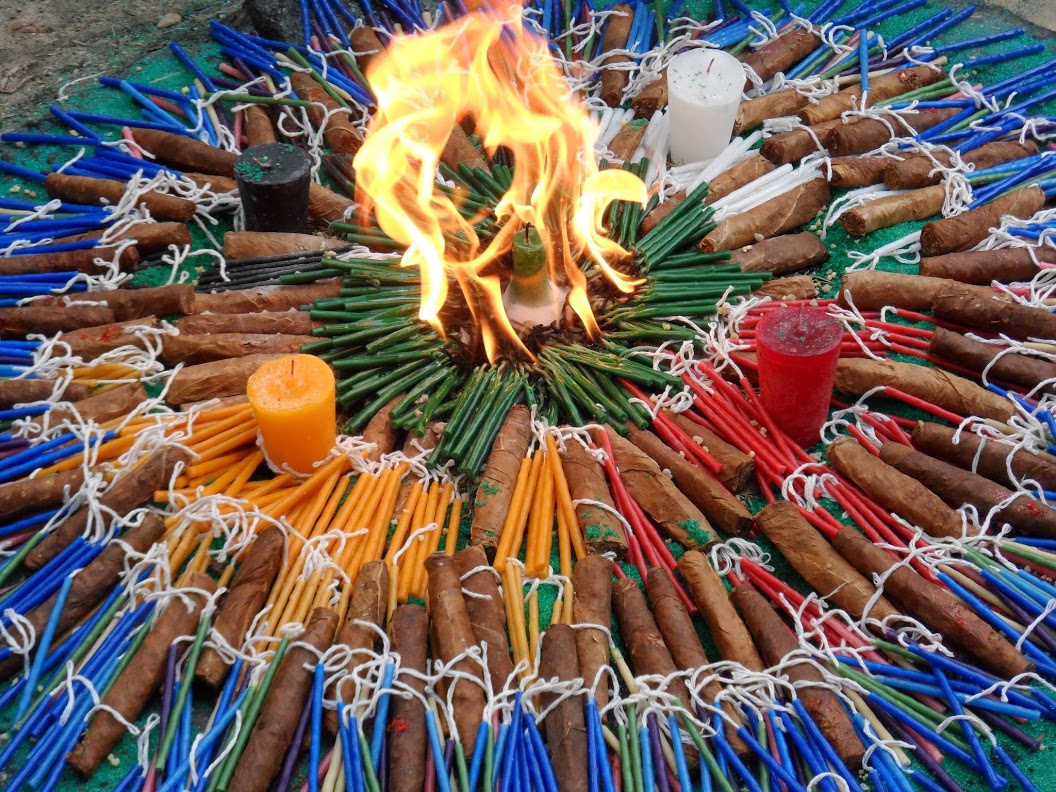Distinctive’s founder Steve Hyde is never one to sit still – even during a national lockdown! Instead he turned those lemons to lemonade and has just returned from a 10-day fact finding mission to Costa Rica.
Costa Rica is our bestselling destination and its borders recently re-opened to UK tourists, so it was the obvious choice for Steve to experience travel’s “new normal” first-hand. The fact that it’s a warm, tropical country with a wealth of luxury lodges and fantastic beaches was just an added bonus!
A nation which prides itself on its commitment to health and education, the Costa Rican government has been praised for its handling of Covid-19. Confidence in its robust health protocols means that visitors are no longer required to take a PCR test prior to arrival. They just need to complete the online “Health Pass” form 24hrs prior to arrival and purchase specific insurance to cover any Covid-related medical or accommodation costs. Over 15,000 tourists (including Steve!) have entered the country since, without any cases being reported.
Steve praised the country’s efforts:
“I travelled extensively in Costa Rica and was extremely impressed by the various public health protocols in place, such as hand & luggage sanitising, temperature testing and mandatory masks for all hotel/shop staff, transfer drivers and tour guides. Local people are also very committed to the protocols and wear masks and observe social distancing throughout the country. Speaking to other visitors it was very clear that they too felt reassured and confident in the measures that had been put in place to protect both tourists and locals”.
Costa Rica is ideal for visitors who literally want to get away from it all post-Covid. It is very much an outdoor destination offering stunning scenery, incredible biodiversity and thrilling soft adventure activities . Many of its hotels and lodges are small locally run establishments in remote locations, and private tours and transfers are easy to arrange. So visitors can enjoy the country’s famous “Pura Vida” (Pure Life) in safety and comfort.

